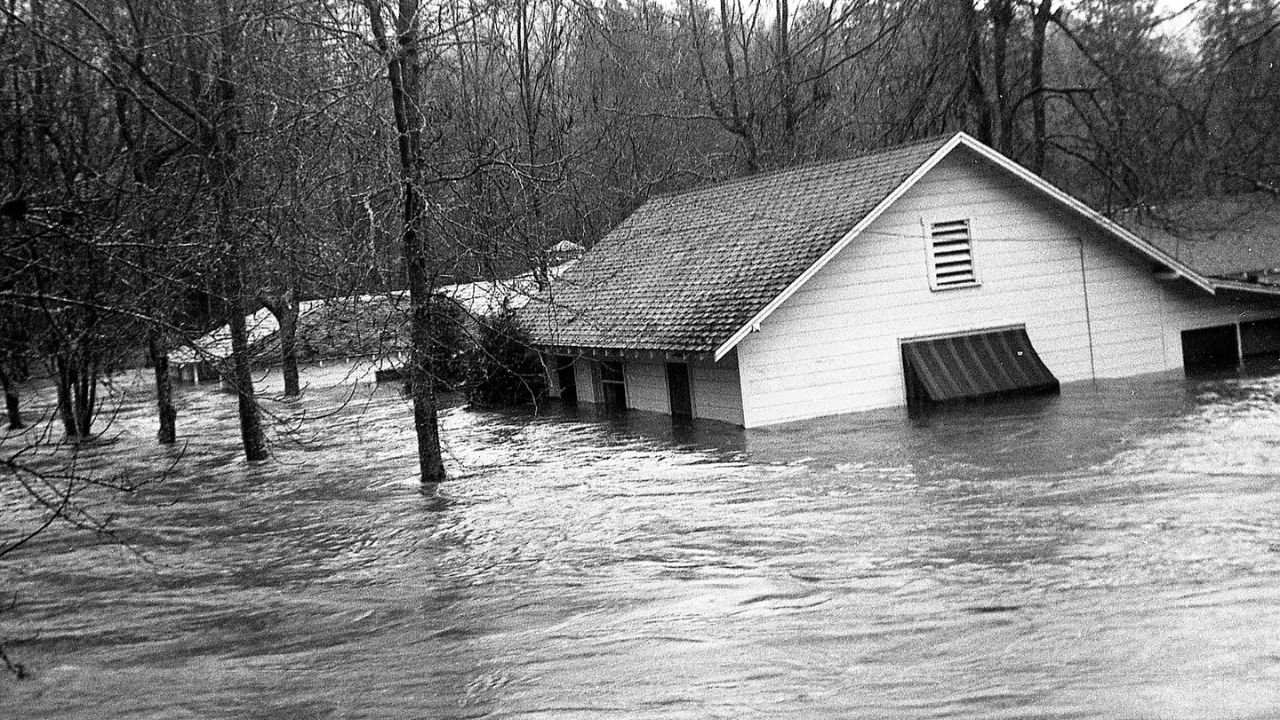California is known for its sunny weather, beautiful landscapes, and diverse culture. But the state also has a history of devastating natural disasters, such as earthquakes, wildfires, floods, and landslides. Among these, one of the most deadly and destructive events that many people are unaware of is the Great Flood of 1862.
What was the Great Flood of 1862?
The Great Flood of 1862 was a series of storms that lasted for 43 days, from December 1861 to January 1862, and affected the entire western coast of the United States. The storms brought heavy rain and snow, causing rivers to overflow, dams to break, and landslides to occur.
The floodwaters submerged cities, towns, farms, and mines, destroying homes, buildings, bridges, roads, and crops. The flood also caused outbreaks of diseases, such as typhoid, cholera, and malaria, and killed thousands of people and animals.
What caused the Great Flood of 1862?
The Great Flood of 1862 was the result of a rare meteorological phenomenon known as an atmospheric river. An atmospheric river is a long and narrow band of moist air that transports water vapor from the tropics to higher latitudes.
When an atmospheric river encounters a mountain range, such as the Sierra Nevada, it releases its moisture as precipitation, creating intense rainfall or snowfall. Atmospheric rivers are responsible for most of the extreme precipitation events in the western United States, and can produce more water than the Mississippi River.
In the winter of 1861-1862, a series of atmospheric rivers hit the west coast, creating a continuous storm system that lasted for more than a month. The storms were fueled by a strong El Niño, a climate pattern that causes warmer than normal sea surface temperatures in the Pacific Ocean, and a negative phase of the North Atlantic Oscillation, a pressure difference that affects the jet stream and storm tracks. These factors combined to create a perfect storm scenario that resulted in the Great Flood of 1862.
What were the impacts of the Great Flood of 1862?
The Great Flood of 1862 had severe and lasting impacts on the economy, society, and environment of California and the western United States. Some of the impacts were:
1.) The flood caused an estimated $10 million in damages, equivalent to about $300 million today.
2.) The flood destroyed about one-fourth of the taxable land in California, and wiped out the state’s agricultural industry.
3.) The flood forced the state government to relocate from Sacramento to San Francisco, and nearly bankrupted the state treasury.
4.) The flood disrupted the mining industry, which was the main source of income and employment for many people in the region.
5.) The flood displaced thousands of people, especially Native Americans, who lost their lands, homes, and livelihoods.
6.) The flood killed an unknown number of people, ranging from hundreds to thousands, depending on the source. Some of the deaths were due to drowning, exposure, starvation, or violence, while others were due to diseases that spread in the aftermath of the flood.
7.) The flood also killed millions of animals, such as cattle, sheep, horses, and wild game, creating a public health hazard and a food shortage.
What can we learn from the Great Flood of 1862?
The Great Flood of 1862 was a natural disaster of epic proportions, but it was also a wake-up call for the people and the government of California and the western United States. The flood revealed the vulnerability of the region to extreme weather events, and the need for better infrastructure, planning, and preparedness. Some of the lessons learned from the flood were:
1.) The flood prompted the construction of levees, dams, and reservoirs, to control the flow of water and prevent future flooding.
2.) The flood encouraged the development of irrigation systems, to support the growth of agriculture and population in the arid regions.
3.) The flood stimulated the diversification of the economy, to reduce the dependence on mining and farming.
4.) The flood inspired the creation of environmental policies, to protect the natural resources and ecosystems of the region.
The Great Flood of 1862 was a tragic and traumatic event, but it was also a catalyst for change and innovation. The flood showed the resilience and adaptability of the people and the society of California and the western United States, who overcame the challenges and rebuilt their lives and communities.
The flood also showed the importance and the urgency of addressing the risks and the impacts of climate change, which could trigger similar or worse disasters in the future. The flood is a reminder of the power and the unpredictability of nature, and the need for awareness and action to protect ourselves and our environment.

